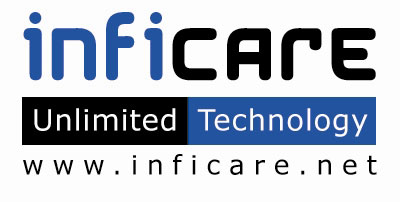How to Do Accounting for a Small Business: Your Quick-Start Guide Bench Accounting
Business accounting is the process of gathering and analyzing financial information on business activity, recording transactions, and producing financial statements. If you’re self-employed, you’ll pay self-employment taxes, which is a little different from small-business taxes and personal taxes. You can get more guidance on how to record and pay a small-business tax with your accounting software and tax professional.
Closing Entries
Choose wisely, as once you choose an accounting method, you’ll need authorization from the IRS to change it. To make it easy to get started, we’ve created a guide with the 10 essential steps necessary for accounting for small business. By knowing what you need to do and getting some guidance on how to do those things, you can be performing accounting tasks for your business in no time. Based on the nature of your business, you might decide to offer credit to customers. Instead of collecting payments at the point of sale, you may choose to invoice them at a later date.
Perform Journal Entries to Debit and Credit Accounts
From there, the total pay is determined with the applicable taxes and withholdings. In the accounting software, the primary journal entry for total payroll is a debit to the compensation account and credits cash. Bookkeeping is the process of tracking income and expenses in your business.
- The bookkeeper enters relevant data such as date, price, quantity and sales tax (if applicable).
- Stagger bill payments and have a system or methodology behind when and how you pay certain bills.
- An accountant can support you in keeping track of varied expenses, multiple income streams, payroll, tax returns, financial planning, and more.
- After recording transactions, you’ll want to keep copies of your invoices and all receipts.
A trial balance is prepared to test if the total debits equal total credits. Financial reports are required if the company files business deductions or depreciation. Setting up a document non-cash interest expense management system can help with organizing your records so that they’re easier to review. There are different ways to organize files, depending on what you need to store. If you’re using tax filing software, you may have the option to organize and store receipts electronically.
When is it time to hire an accountant?
Few small business owners are accounting experts, but to be successful, it helps to know a little about how to do accounting for a small business. When manually doing the bookkeeping, debits are found on the left side of the ledger, and credits are found on the right side. Debits and credits should always equal each other so that the books are in balance. If you’re managing inventory, set aside time to reorder products that sell quickly and identify others that are moving slowly and may have to be marked down or written off. We’re firm believers in the Golden Rule, which is why editorial opinions are ours alone and have not been previously reviewed, approved, or endorsed by included advertisers.
Establish a bookkeeping system.
Aside from that, you also have to consider what you might pay to hire an accountant on a full-time or part-time basis. The IRS encourages small business owners to maintain proper documentation for expenses, such as receipts showing the amount spent, the date, the payment method, and what was purchased. Taking online courses can be a great way to learn the basics of accounting for your business. Note that you’ll need to pay net operating profit after tax definition some payroll taxes, such as FICA taxes, to the IRS monthly or sem-weekly, depending on the amount you withhold. However, for FUTA taxes, deposits are typically due quarterly, and you’ll file your FUTA return (Form 940) annually.
A company should organize and track when and where cash goes at all times. Too what is an option put and call option explained much debt or having income in overdue accounts receivables can put a company in a negative cash flow. If you’re already using expense tracking software, you can document receipts and invoices in the same platform. Remember that if you have employees, you’ll also need to account for payroll tax. If you’re unsure about your tax obligations, you may want to talk to a professional accountant or tax expert for advice.
Consider using one of the best bookkeeping services to make managing your books a breeze. For more ideas on small business accounting, watch this Introduction to Accounting video from the Intuit Academy Bookkeeping Professional Certificate. If you own or manage a business or are looking for jobs in an accounting department, you must understand accounting basics, including important terminology. If you’re still feeling uncertain, don’t be afraid to speak with a professional bookkeeping service about securing their help.
Share this post on:




